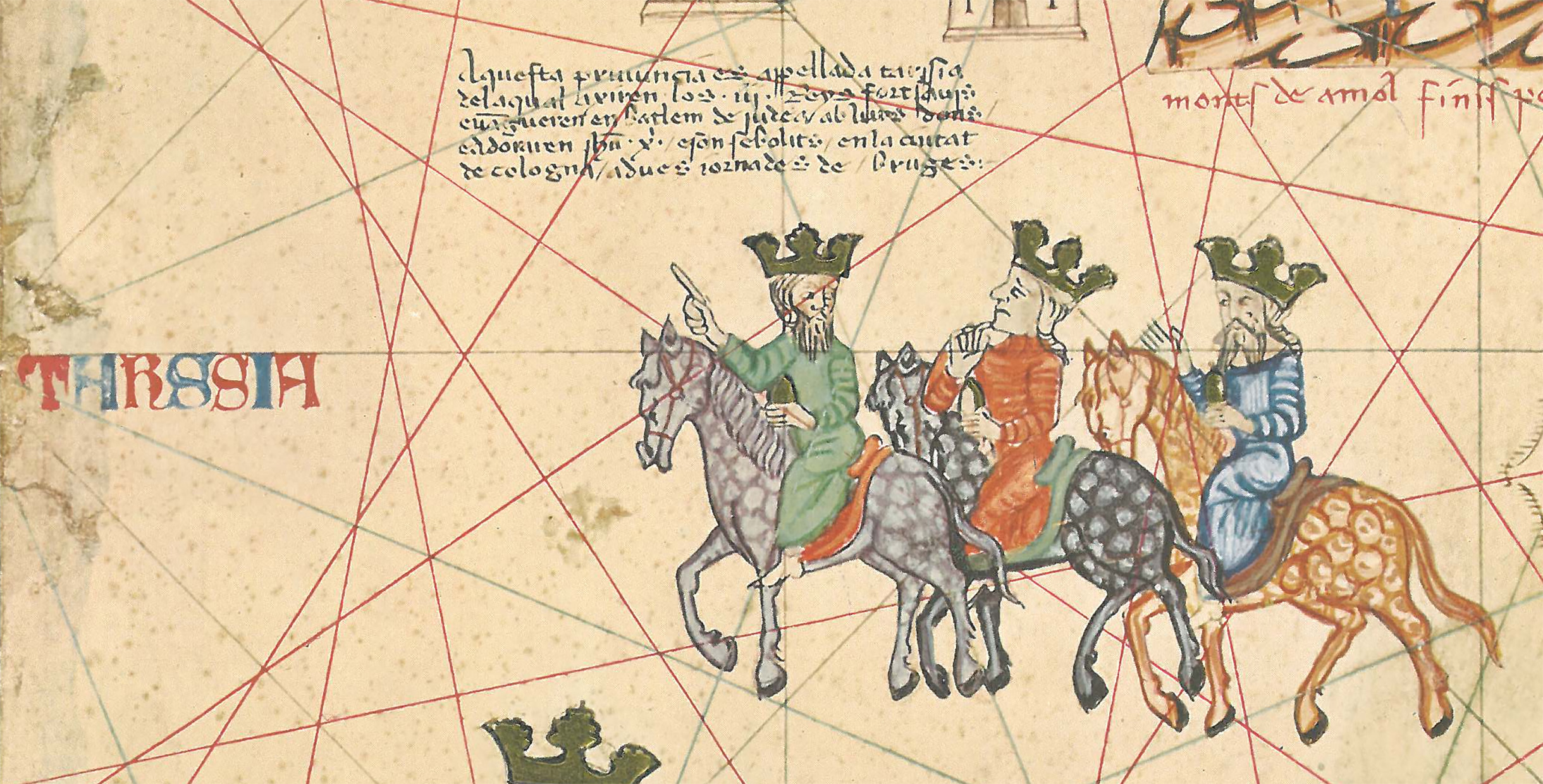Originally published 26 December 1983
“Our stars come from Ireland,” says Wallace Stevens in the title of a poem. And if you watch the stars from night to night you will indeed see how they come up out of the Atlantic horizon like the running lights of emigrant ships, slung from tall masts and burning brightly.
Our stars come from Ireland in glittering fleets. Twice each year the Milky Way swings overhead, arching from north to south, and with it come the brightest stars and constellations of the year. In summer comes the Swan and the Eagle, and the triangle of bright stars, Vega, Deneb and Altair. Now, at Christmastime, arrives the second fleet, the stars of winter. Here is Orion, with red Betelgeuse and blue-white Rigel. Here is Capella and the stars of Taurus the Bull, and the twinkling cluster of the Pleiades. The Gemini twins, Castor and Pollux, ascent from the horizon, soon followed by Canis Major and Minor. No star is brighter than Sirius, the white flagship of Canis Major. Suddenly the skies are ablaze with stars.
Solstice celebrations
Many of the religions that grew up in the northern hemisphere celebrate “feasts of lights” in December. The Jewish celebration of Chanukah last for eight days of the month, with a new candle lit in a special menorah on each day of the festival. Candles (or these days electric lights) also play an important role in the celebration of the birth of Christ. The near-coincidence of these great feast with the winter solstice is probably no accident. The sun is now low in southern skies for those of us who live north of the equator. Since prehistoric times, men and women have sought in prayer and ritual to stanch the sun’s ebbing winter light. The historical and religious significance of Chanukah and Christmas are reinforced by the natural symbolism of the rekindling of the sun’s strength.
A glance at the eastern horizon this starry night will suggest another natural complement for the “feast of lights.” The sky is ablaze with night’s candles, the luminous winter constellations. The Christmas feast of stars and lights is mirrored in the sky.
No star real or imagined is more famous than the Christmas star the Magi followed to Bethlehem. “Lo, the star they had seen in the east went before them, till it came and stood over where the young child was.” Was there a real Christmas star, and if so, what was it?
There have been many theories. The Star of Bethlehem might have been a supernova, a dying star that in its death throes briefly flared with an exceptional brightness. Or perhaps the star was a comet, hanging low on the western horizon, beckoning the Wise Men from the east. There is no independent evidence for either hypothesis.
A triple conjunction
Jesus was probably born sometime between 7 B.C. when Augustus sent out his taxation decree, and 4 B.C. when Herod died. During that period there is at least one sure candidate for the Star of Bethlehem. In February of 6 B.C. occurred an unusual conjunction of Mars, Jupiter and Saturn, a dramatic grouping that happens once every 800 years. These three planets blazing and dancing on the western horizon might have seemed, to a less incredulous generation, the omen of a great event. They stood together in Pisces, south of the Great Square of Pegasus, and shepherds tending flocks at night or Magi pondering the stars from a desert parapet could hardly have failed to wonder about such starry lights beckoning westward.
The stars go west. Watch tonight as the stars of Orion rise from the Atlantic and sail westward. The stars go west like young men, like the Union Pacific, like dustbowl Okies. The stars go west like New England hill farmers, like 49ers, like the followers of Brigham Young. The go west like…like Irishmen. The stars cross from Ireland in five hours, faster than a jet, twenty times faster than a liner, a hundred times faster than the “coffin ships” of the time of the famine. How so many stars sail out of a sky as small as the sky of Ireland is a mystery.
The stars of 6 B.C. and the triple conjunction of Mars, Jupiter and Saturn moved west to Judea and set upon the quiet rooftops of Bethlehem. “And behold, an angel of the Lord stood by them and the Glory of God shone round about them.” Had we been shepherds, perhaps we too would have feared exceedingly. Had we been Magi, perhaps we too would have mounted camels and followed westward, seeking the Babe who would bring the peace of the starry night, seeking that perfect peace that waits beyond the western horizon for men of good will.



